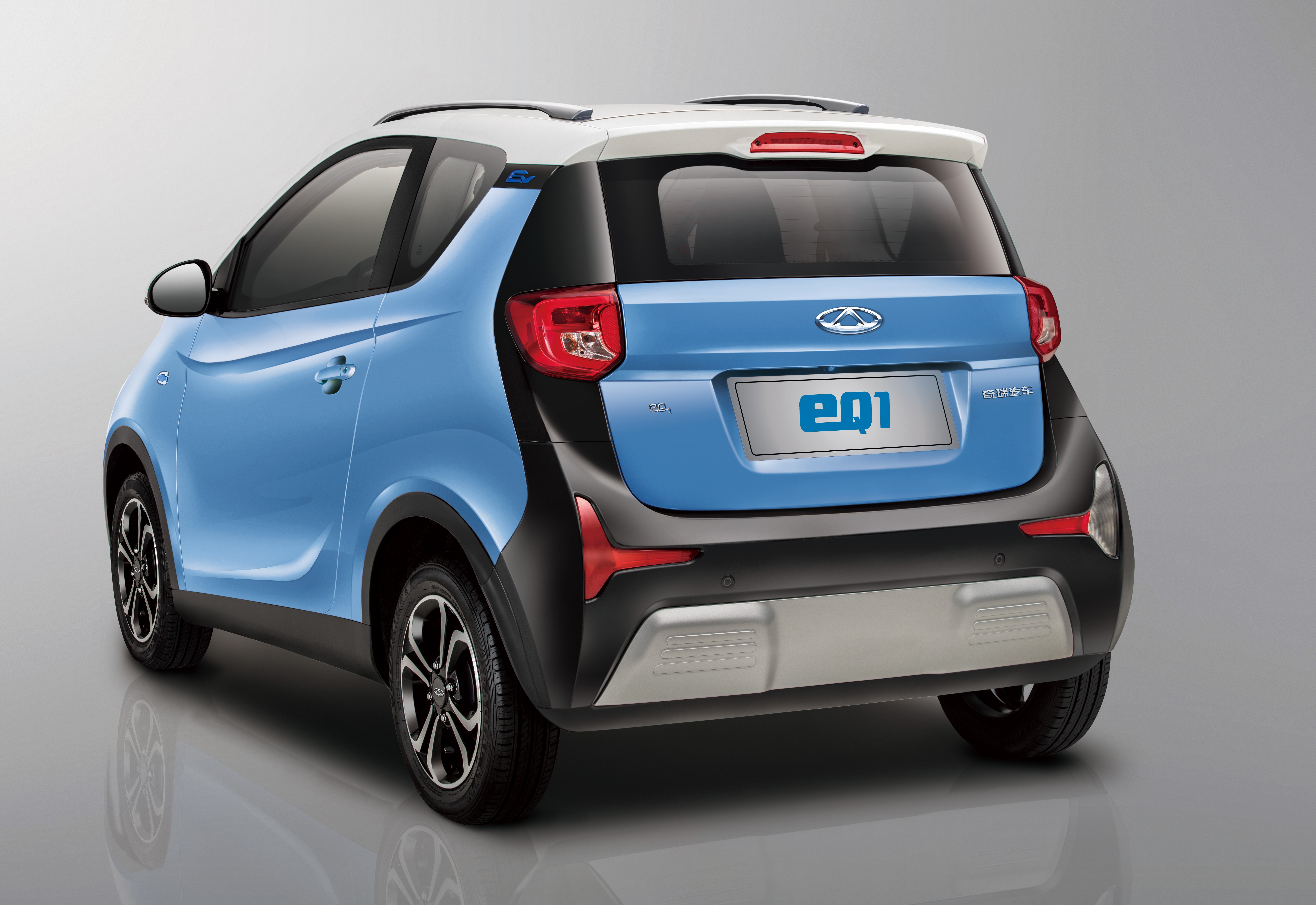
UK based carbon fiber producer ELG Carbon Fibre Ltd and Adesso Advanced Materials Wuhu Co Ltd, a supplier of resin systems, have concluded a memorandum of understanding (MOU) to develop lightweight composite components for the automotive industry based on ELG’s recycled carbon fiber materials.
To start with, the companies plan to investigate applications for China-based Chery New Energy Automobile Technology’s Chery eQ1 electric vehicle. The goal is to reduce the weight of the eQ1, which already makes extensive use of aluminum technology, through selective use of carbon fiber composites. The longer-term aim is to then apply the knowledge gained from these projects in Chery’s conventional vehicles. Providing that technical and commercial targets are achieved, ELG, Adesso and Chery intend to enter into a definite agreement to start full scale production of these parts in Wuhu, China. This agreement would see ELG Carbon Fiber establish a carbon fiber recycling operation in China when sufficient volumes of recycled carbon fiber materials are required.
Huge advancement
‘The eQ1, through its extensive use of aluminium, already represents a huge advancement in lightweighting for the Chinese car industry,’ said Frazer Barnes, managing director of ELG Carbon Fibre.
‘Working together in this project enables us to address the barriers preventing large scale use of carbon fiber composites in automotive applications – namely cost – through the use of recycled materials, design and manufacturing, and collaboration with experienced partners,’ said Dr Bo Liang, president, chairman and CEO of Adesso. ‘Our vision is that cooperation leads to an automotive composites hub in Wuhu. It also strengthens our vision on sustainability of the composite industry in China.’
This story is reprinted from material from ELG, with editorial changes made by Materials Today. The views expressed in this article do not necessarily represent those of Elsevier.


